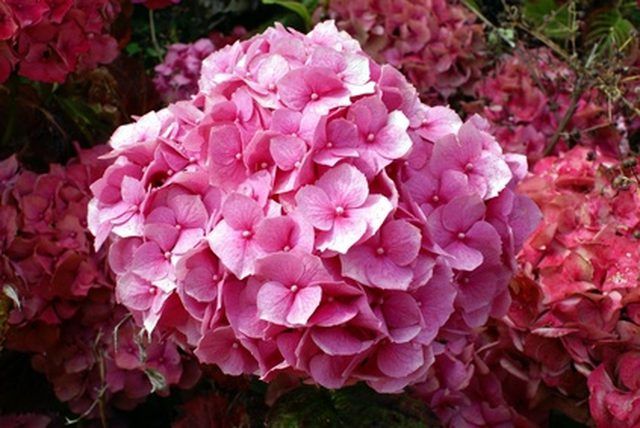Bulbs
Flower Basics
Flower Beds & Specialty Gardens
Flower Garden
Garden Furniture
Garden Gnomes
Garden Seeds
Garden Sheds
Garden Statues
Garden Tools & Supplies
Gardening Basics
Green & Organic
Groundcovers & Vines
Growing Annuals
Growing Basil
Growing Beans
Growing Berries
Growing Blueberries
Growing Cactus
Growing Corn
Growing Cotton
Growing Edibles
Growing Flowers
Growing Garlic
Growing Grapes
Growing Grass
Growing Herbs
Growing Jasmine
Growing Mint
Growing Mushrooms
Orchids
Growing Peanuts
Growing Perennials
Growing Plants
Growing Rosemary
Growing Roses
Growing Strawberries
Growing Sunflowers
Growing Thyme
Growing Tomatoes
Growing Tulips
Growing Vegetables
Herb Basics
Herb Garden
Indoor Growing
Landscaping Basics
Landscaping Patios
Landscaping Plants
Landscaping Shrubs
Landscaping Trees
Landscaping Walks & Pathways
Lawn Basics
Lawn Maintenance
Lawn Mowers
Lawn Ornaments
Lawn Planting
Lawn Tools
Outdoor Growing
Overall Landscape Planning
Pests, Weeds & Problems
Plant Basics
Rock Garden
Rose Garden
Shrubs
Soil
Specialty Gardens
Trees
Vegetable Garden
Yard Maintenance
How to Care for a Hydrangea Tree
How to Care for a Hydrangea Tree. Hydrangea trees or shrubs are known for their pink, blue or white flowers and dark-green, deciduous leaves. The trees are capable of growing up to 25 feet tall with multiple trunks or stems. The branches are sometimes bent low with the weight of the flower bunches. Hydrangea trees can be used as hedges or as...

Hydrangea trees or shrubs are known for their pink, blue or white flowers and dark-green, deciduous leaves. The trees are capable of growing up to 25 feet tall with multiple trunks or stems. The branches are sometimes bent low with the weight of the flower bunches. Hydrangea trees can be used as hedges or as ornamental shrubs and should be planted away from the sides of homes to allow for growing room.
Things You'll Need
Shovel
Fertilizer
Lime
Aluminum sulfate
Pruning shears
Plant the hydrangea tree in full sun with moist, well-drained soil protected from the wind. Partial shade can be used if your yard is not in full sun; however, the hydrangea tree does best in full sun.
Fertilize soil with a balanced hydrangea fertilizer in early spring to maintain proper feeding of your tree. You can alter the pH levels in the soil to produce pink or blue flowers. For blue flowers add aluminum cultivars to the soil; for pink flowers add lime cultivars to the soil.
Water frequently to keep the soil moist and avoid windy areas, as the hydrangea loses moisture through its leaves. Irrigate weekly to replenish the water lost. Heavy mulching at the base of the tree will help the soil retain moisture.
Prune the hydrangea tree in early spring, as most plants will flower only on new growth. Remove dead wood to encourage new growth. Cutting back the flowers after they are done retains the beauty of the tree. Follow the pruning methods recommended for each type of hydrangea plant.